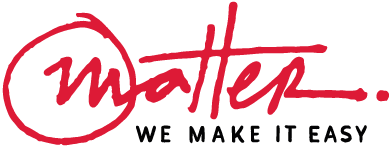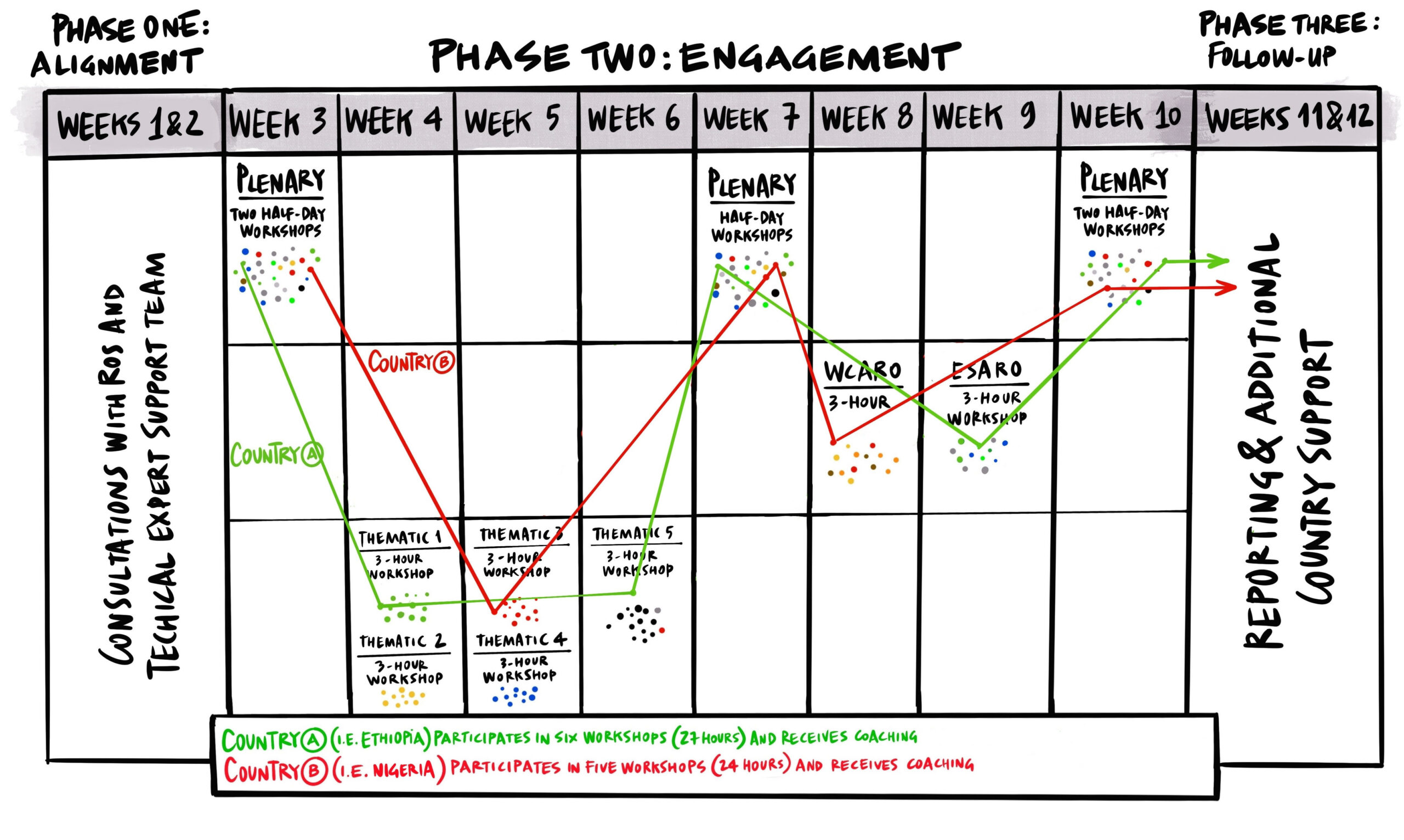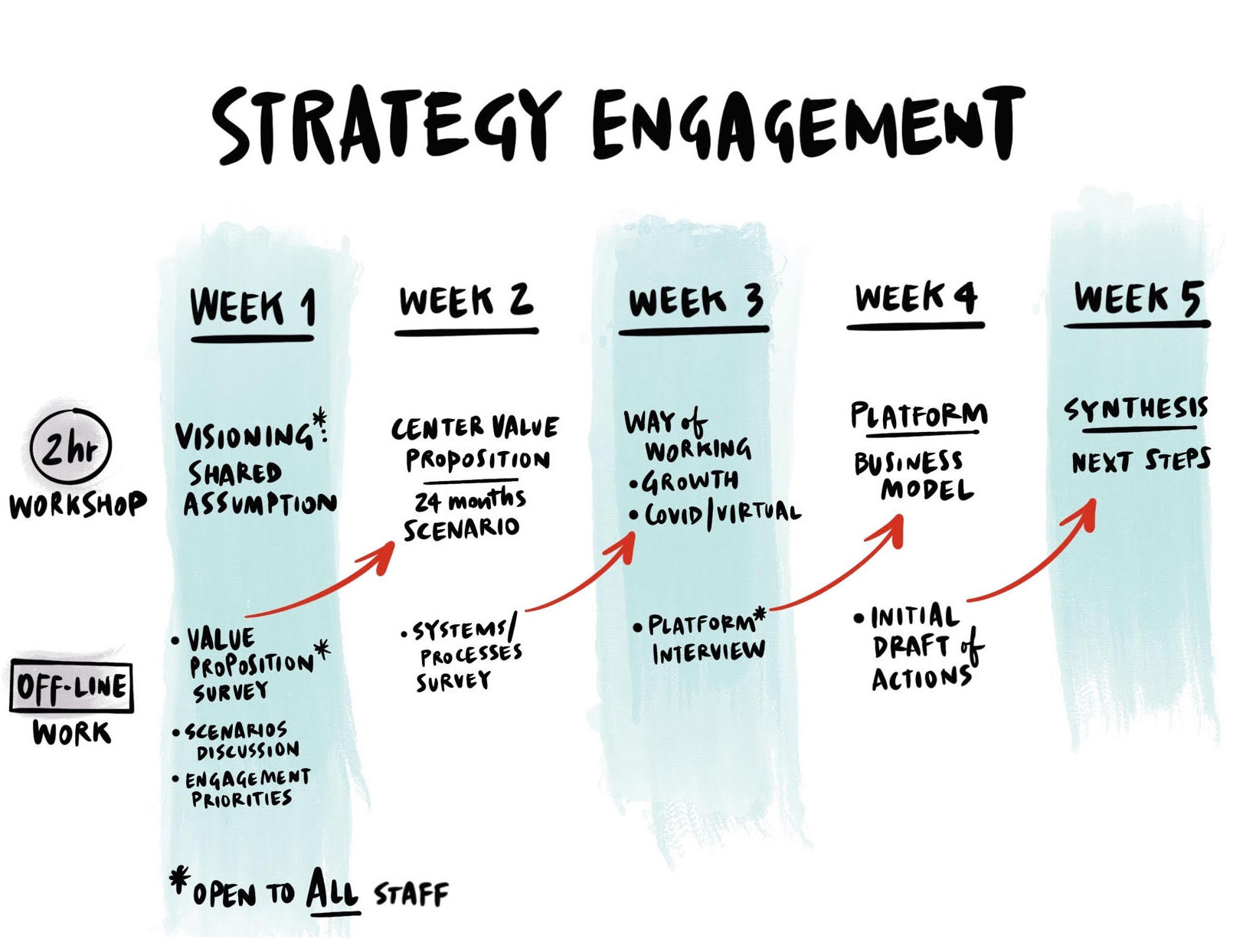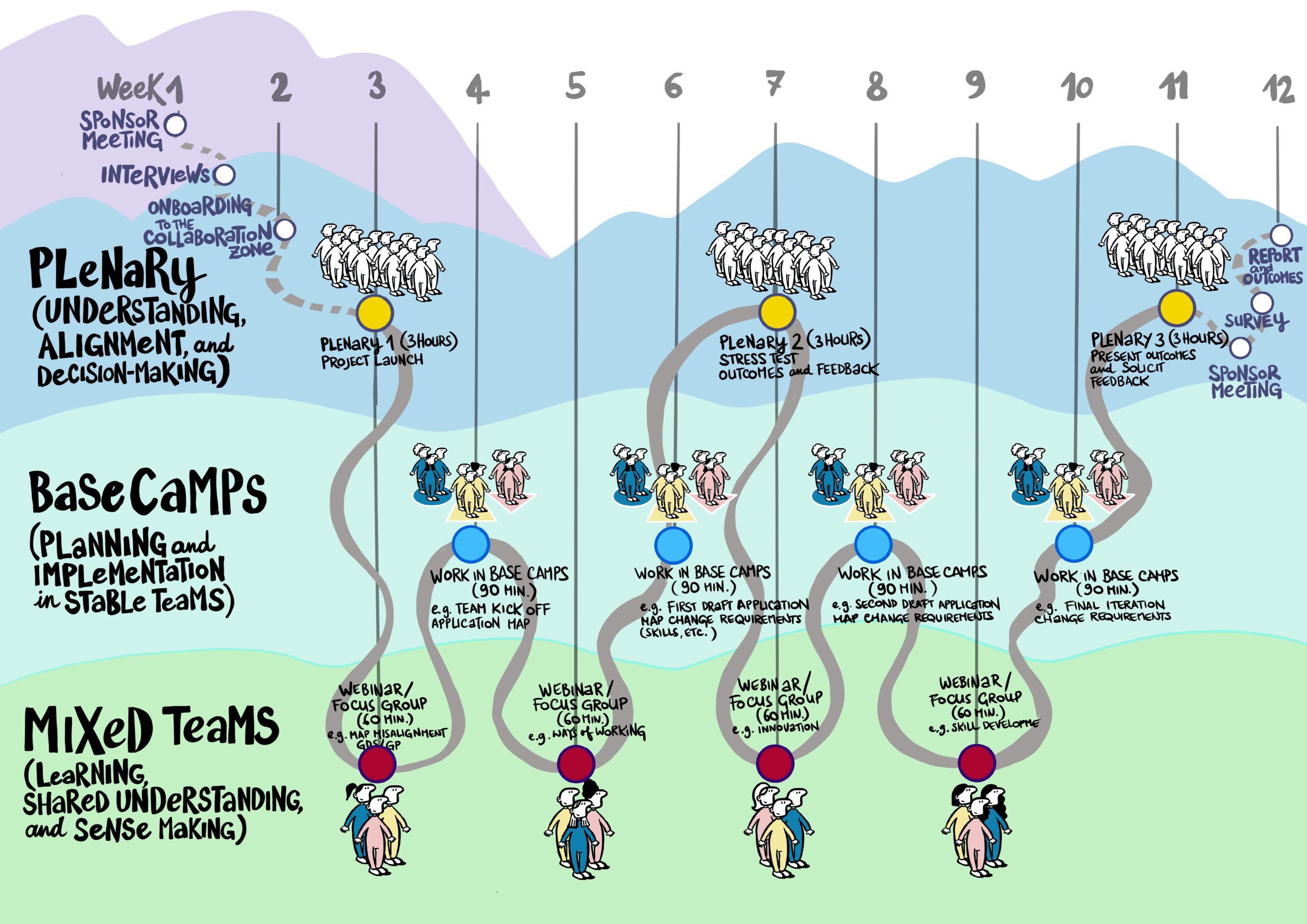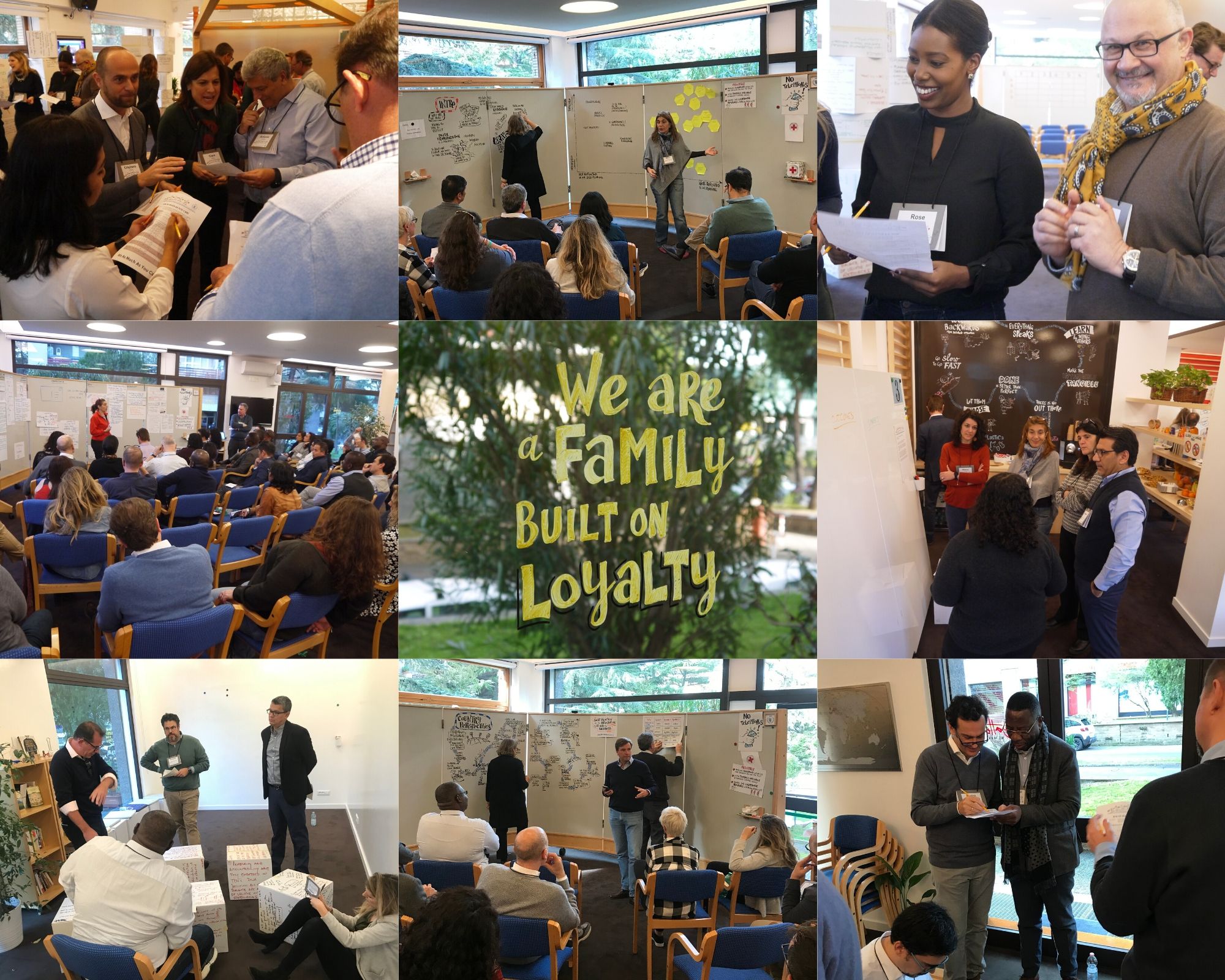Welcome
WFP Virtual Collaboration
Watch this 2-min video
Your Needs
Effective approaches to virtual collaboration:
How to integrate tools and methods to respond to requests from the business
You told us…
- “…one of the gaps that have appeared is the ability to easily transform from face-to-face meetings to successfully engaging and doing our business almost entirely online.”
- “…it’s not the tools themselves that are the challenge – it is more about the behaviours, methods and culture that we are taking into account.”
What we bring…
- A meaningful virtual experience that integrates our effective facilitation methods with a carefully chosen collaborative platform.
- Co-designed, engaging virtual journeys for people to share and learn from the past and design their future (how will we work and how this can be scalable across WFP).
- Alignment on culture, principles and Ways of Working in the new Covid reality.
We would like to help TEC become a ‘living laboratory’ of virtual collaboration, where your culture and values translate into tangible behaviours and business results.
Our Approach
While we have led on-line workshops for years, it has only been during the past few months that we have relied entirely on ‘virtual’ to get the job done. It’s different, and it works.
Flatten the curve
In person workshops are intense – lots of people in the same place at the same time. Working on-line, we can ’flatten the curve’– extending collaboration over time and distance. Lots of brief interactions that take the place of one concentrated experience. More flexibility and less disruption.
A variety of interactions
Instead of just one big workshop, we can mix a variety of interactions – from virtual plenary sessions for learning and alignment to small team discussions for sensemaking and reflection to individual visioning to surveys, focus groups and solution modelling. Some of these activities are on-line and scheduled, others are offline and self-directed. These converge in a shared experience of decision-making and action-planning.
Different Journeys
Everyone designs his or her own personal journey through the different activities, contributing where it makes sense and letting others step in when they bring more relevant experience. Everyone makes their own way through the different types of collaboration, and they all arrive at the same destination.
Three approaches to Virtual Facilitation (1-min video)
Virtual Projects During Lock-down
The virtual approach discussed above has been evolving very quickly over the past few weeks. These are a few on-going projects that have successfully adopted these innovations:
Major UN Agency
We are facilitating a twelve-week process to support 20 countries in the roll-out of a new polio vaccine to address outbreaks in multiple countries, all complicated by the Covid crisis and the difficulty of administering vaccines, as well as the impossibility of coming together to plan the vaccine introduction ‘in person’ as is usually the practice.
We have designed 11 very brief workshops. Each country will design its own pathway through these workshops, attending 5-6 each, based on relevance and convenience.
Major International Organisation
We’re helping a highly-visible Geneva-based IO re-think its strategy, its business model and its operating model for an environment in which in-person convening will be impossible for many months and in which funders are shifting their priorities towards Covid.
While we focus on the Leadership Team (22 people) we are mixing focused discussions with a broader team engagement (120 people) to maintain a certain tempo and focus and arrive in five weeks at a tangible, implementable plan.
National Electric Utility: IT Function
We are facilitating a virtual process to develop a new operating model for the merger of two large IT functions (110 staff). Each was extremely successful in the earlier configuration and the merged unit fears losing its ‘edge’, especially as Covid puts them under pressure to identify and implement new ways of working for themselves, and for the business unit they support.
We are taking them through a 12-week accelerated transformation with a mix of large-group, small-group and individual interactions plus brief webcasts and video interviews with customers and suppliers.
Matter Story and Credentials
We are six partners, a staff of 22, and a tight global network of highly-trained colleagues. We are part of a larger group of facilitation professionals, employing the MGTaylor methodology and sharing knowledge, tools, and clients.
Since 2005, we have worked with some of the most demanding and complex organisations in the world as they face different types of transformation: explosive growth, innovation, mergers, changed competitive landscape, globalisation.
Our client portfolio is around 60% private-sector (Airbus, Bulgari, Deutsche Bank, Enel, Fiat, Reliance Jio, SWIFT…) and 40% global public sector (Gates Foundation, Gavi, UNICEF, World Economic Forum…).
We have worked extensively with the three RBAs over the past 20 years, including a variety of strategic and operational projects with WFP.
Long-Term Agreement
We have an LTA with UNICEF for design and facilitation of collaborative processes. WFP has piggy-backed on this LTA, which vastly simplifies contracting.
Our latest work with WFP
TEC Management Workshop (3-5 February 2020)
Over three days, 38 members of TEC from country offices (COs), regional bureaux (RBs) and HQ, joined by colleagues from INK, met in Rome to collaborate on new ways-of-working. We formed flexible teams that cut across disciplines and geographies.
The result was these six buckets of discussion and work: Field first, Current Strategy – Priorities, Governance & Planning, Lighthouse Collaboration: Automation, Lighthouse Collaboration: Connectivity, Lighthouse Collaboration: DAS.
